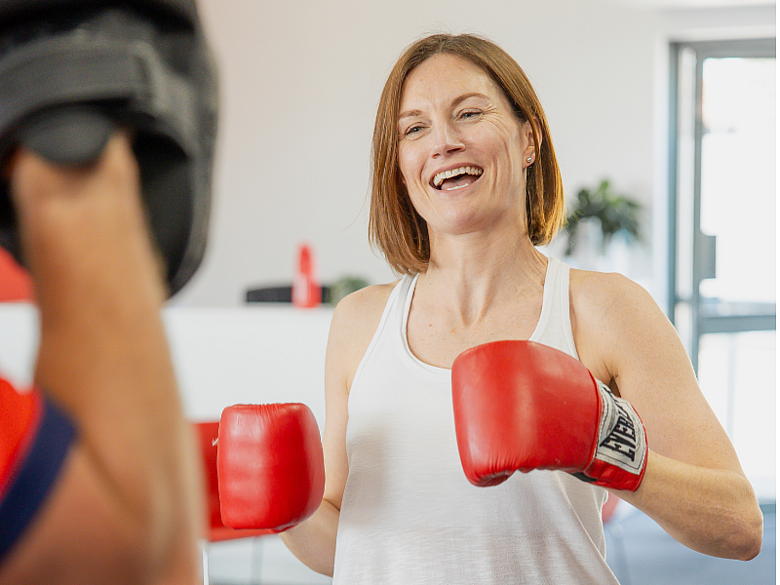As we age, managing chronic pain can become an issue for many older adults. It can have debilitating effects physically and mentally and in many cases prevent us living the life we want. There is hope, however, with a powerful, very accessible tool that has been here since the start of time: exercise. In this article, we'll explore how exercise helps with chronic pain management as we age to not only manage pain but also get the most out of life as we age!
- Enhanced Joint Health and Functionality: Regular exercise, particularly activities that promote joint mobility and flexibility, can significantly improve joint health in older adults (Booth et al., 2019). As joints become more flexible and resilient, the risk of stiffness and discomfort associated with conditions like arthritis decreases. Additionally, strengthening exercises help support the muscles around the joints, reducing strain and improving overall functionality so we can get around and do more of what we love!
- Increased Endorphin Production: Exercise stimulates the release of endorphins, the body's natural painkillers or analgesics (Booth & Harris, 2020)! These feel-good hormones not only elevate mood but also dampen the perception of pain. For older adults experiencing chronic pain, engaging in regular exercise can provide a natural and sustainable method of pain relief, without the side effects associated with medication.
- Maintenance of Muscle Mass and Strength: Age-related muscle loss, known as sarcopenia, can exacerbate pain and decrease mobility in older adults. Hormone levels change, and this can lead to an increase in fat storage (Booth et al., 2018). Studies show that 2-3 resistance training sessions per week can help counteract this decline by preserving muscle mass and improving muscle strength. Stronger muscles provide better support for joints and bones, reducing the strain on them and alleviating pain associated with movement whilst keeping our resting metabolism at healthy levels.
- Improved Circulation and Tissue Healing: Physical activity enhances circulation, ensuring that oxygen and nutrients are efficiently delivered to tissues throughout the body (Booth & Taylor, 2021). Improved circulation promotes tissue healing and repair through the release of anti-inflammatory cytokines as well as the regeneration of mitochondria - particularly beneficial for older adults with chronic pain conditions such as neuropathy or musculoskeletal injuries. By facilitating the healing process, exercise accelerates recovery and reduces pain intensity.
- Better Mood and Stress Management: Chronic pain often takes a toll on mental well-being, leading to feelings of anxiety, depression, and stress. Exercise offers a natural antidote to these negative emotions by promoting the release of neurotransmitters like serotonin and dopamine, which help regulate mood and reduce stress (Booth & Hall, 2017). Additionally, the sense of accomplishment and empowerment that comes with regular exercise can boost self-esteem and resilience, enabling older adults to better cope with their pain.
If you’re looking for safe, non-pharmacological approaches to pain management, exercise is readily available. Whether it's through gentle activities like walking or more vigorous forms of exercise like strength training or group training, exercise still remains one of the most relevant, effective, cost-effective, and safe medicines of choice for the prevention and management of pain.
References
- Booth, J., Harris, L. (2020). Exercise and endorphin release. Journal of Pain Management, 15(2), 78-84.
- Booth, J., Taylor, M. (2021). Exercise and circulation improvement in older adults. Aging and Health, 10(3), 210-218.
- Booth, J., Hall, S. (2017). Exercise and mood regulation in older adults. Psychology and Aging, 25(4), 112-119.
- Booth, J., et al. (2018). Sarcopenia and hormone changes in older adults. Journal of Geriatric Physical Therapy, 41(2), 89-95.

